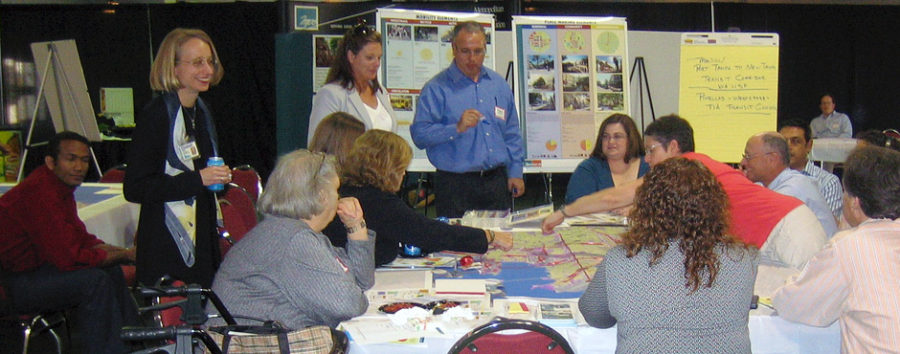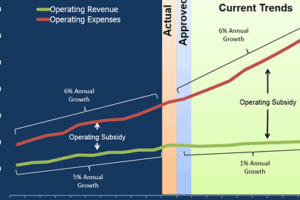As we all know, transportation is essential to the functioning of the American economy. From a personal standpoint, it impacts what we do every day. But most of us have no idea how the roads, bridges, and transit ways we take every day are determined. The transportation planning process can be a complicated one. As someone who sits on a couple of citizen committees within the Metropolitan Washington Council of Governments, I can understand the confusion that a citizen may have with the planning of our transportation network.
To combat this confusion and provide light into the planning process, the US Department of Transportation has provided a Transportation Toolkit for anyone to download and read. According to the department, this toolkit will provide a “plain language explanation of the transportation decision-making process for educational and informational purposes.” The toolkit explains in detail an introduction to the transportation planning process. Some sections in the kit include:
An Introduction to Transportation. This section provides history on how transportation decisions were once made, how previous transportation bills incorporated the mandate to include the community in decision-making, and the ways that you, as a citizen of your community, can have a say in the process and what your rights and responsibilities are.
The Process. This section contains the five steps – Plan, Fund, Design, Build, and Maintain – that are the backbone of any transportation project. How is a road, railway, or port designed? Where does the funding come from? Why must infrastructure be maintained? These questions are answered in this section.
Common Scenarios. Various examples of the planning process involving the construction of infrastructure such as roads, public transit, aviation, and passenger and freight rail is described in this section. The process is explained in actual real-life cases and helps the reader to understand how all steps are utilized.
Becoming a Transportation Leader in your Community. After perusing the first three sections, do you feel empowered to take a more active role? This section will educate you on how to be a lead advocate for your community. The most important point is to be heard, to make your case to your elected officials, and to insert yourself into a key part of the transportation planning process.
With this new toolkit, anybody and anyone can become a transportation advocate. And as this country transitions into a new administration, it is imperative that you as a citizen become more involved in how your community develops and grows. You have that power.




Leave a Reply